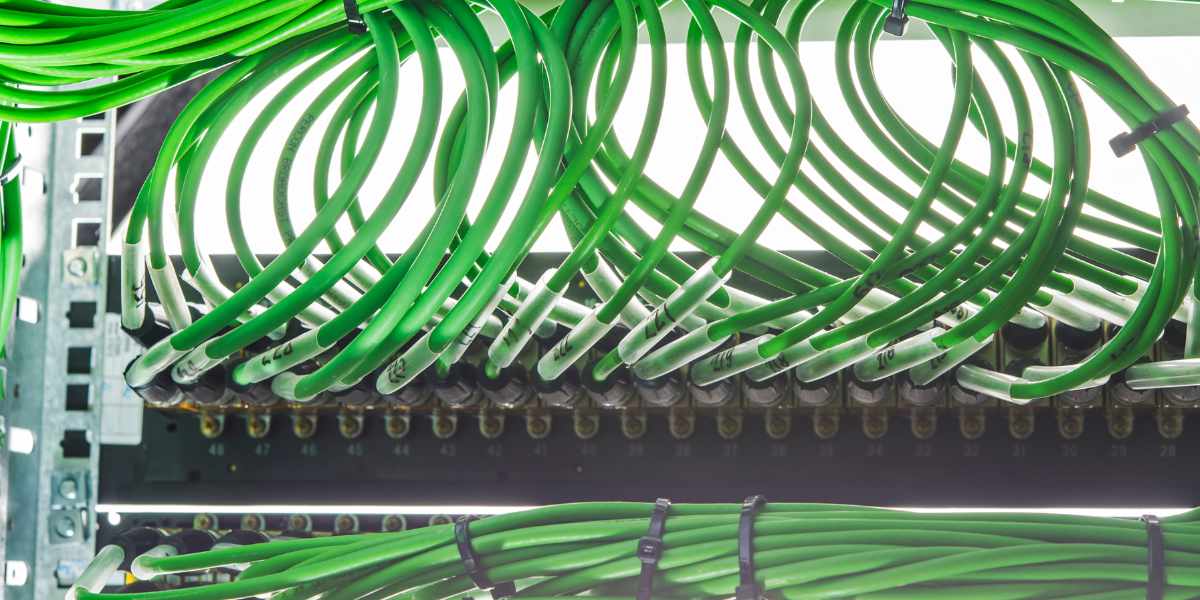Every successful cable technician in Australia knows the value of an excellent coaxial cable course. And they would always recommend MILCOM’s Coaxial Cable Course, which is perfect for anyone who wants to start a cabling career or advance their skills to the next professional level. The current article covers everything you need to know about coaxial cables, the NBN Coaxial cable standard, and how MILCOM’s coaxial cable course meets that standard.
Introduction about coaxial cable
Coaxial cables typically transmit signals between devices like TVs, radios, and computers. They consist of an inner conductor, an insulating layer, a conductive shield, and an outer insulating layer. The inner conductor is usually copper, while the conductive shield is braided copper or aluminum foil. The insulating layer keeps the conductive shield from touching the inner conductor, and the outer insulating layer protects the cable from environmental factors, such as moisture and temperature changes.
Different types of coax cable
There are many types of coaxial cable, each designed for specific applications. For example, the most common type of coaxial cable is RG-6, which is used for cable TV and satellite installations. RG-11 is a thicker, more durable cable often used for longer cable runs. Other types of coaxial cable include RG-59, RG-213, and RG-214.
Coaxial cabling application in the telecom sector in Australia
Coaxial cabling plays a crucial role in the telecom sector in Australia. It is used for everything from cable TV and satellite installations to broadband internet and phone services. As technology evolves, the demand for skilled cabling technicians who can install, maintain, and repair coaxial cabling systems will continue to grow.
NBN coaxial cable standard
The National Broadband Network (NBN) is a government-owned company responsible for rolling out high-speed broadband across Australia. As part of this rollout, the NBN has established a set of cabling standards that must be followed by all cabling technicians who work on NBN installations. One of these standards is the NBN Coaxial cable standard, which specifies the type of coaxial cable used for NBN installations. NBN also prefers having a skilled coaxial cabling technician to work on NBN projects. NBN recognizes a few institutions in Australia, including MILCOM, that offer coaxial cabling courses to the aspirant cable technicians.
How MILCOM’s coaxial cabling training course meets NBN standard
MILCOM’s Coaxial Cable Course is designed to teach aspiring cabling technicians everything they need to know about coaxial cabling, including how to meet the NBN Coaxial cable standard. The course covers cable types, connectors, installation techniques, safety procedures, and industry best practices.
MILCOM’s cable course is recognized by NBN and offers excellent career opportunities to cabling technicians
Not only does MILCOM’s course meet the NBN Coaxial cable standard, but it’s also recognized by the NBN as an approved training provider. Anyone who completes MILCOM’s course will have the skills and knowledge necessary to work on NBN installations. Additionally, MILCOM’s course offers a great career opportunity for cabling technicians as the demand for skilled professionals grows.
Admission rules and formalities in MILCOM’s coaxial cable course
Admission to MILCOM’s Coaxial Cable Course is open to anyone interested in a career in cabling. To enroll, visit the MILCOM website and complete the online application form. Once you have been accepted and admitted into the program, you will receive all the necessary course materials and instructions on how to get started.
MILCOM’s Coaxial Cable Course is the perfect way for aspiring cabling technicians to begin a great career in coaxial cabling.

